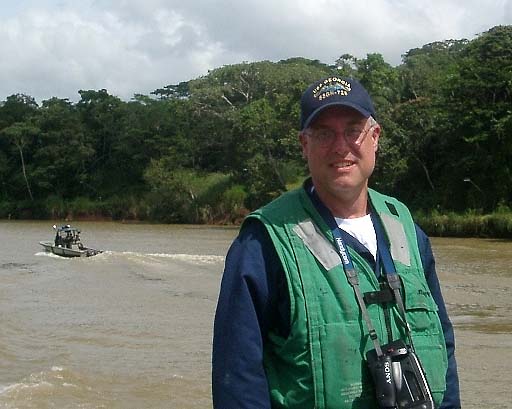US Aircraft Carrier Ups Pressure On N. Korea
A massive nuclear-powered U.S. supercarrier readied Saturday for maneuvers with ally South Korea in a potent show of force that North Korea has threatened could lead to "sacred war."
The military drills, code-named "Invincible Spirit," are to run Sunday through Wednesday with about 8,000 U.S. and South Korean troops, 20 ships and submarines and 200 aircraft. The Nimitz-class USS George Washington, with several thousand sailors and dozens of fighters aboard, was deployed from Japan.
The North routinely threatens attacks whenever South Korea and the U.S. hold joint military drills, which Pyongyang sees as a rehearsal for an invasion. The U.S. keeps 28,500 troops in South Korea and another 50,000 in Japan, but says it has no intention of invading the North.
Still, the North's latest rhetoric threatening "nuclear deterrence" and "sacred war" carries extra weight following the sinking of a South Korean warship that killed 46 sailors. Seoul and Washington say a North Korean torpedo was responsible for the March sinking of the Cheonan, considered the worst military attack on the South since the 1950-53 Korean War.
The American and South Korean defense chiefs announced earlier in the week they would stage the military drills to send a clear message to North Korea to stop its "aggressive" behavior.
I am writing this post from onboard USS George Washington and will be present at those exercises. The Wandering Gaijin will have the tourist version on his blog in a few weeks when he returns to his home.
UPDATE: See also;
North Korea Warns of Nuclear Response to Naval Exercises
USS George Washington
The U.S. said this week it will intensify sanctions against North Korea and conduct military exercises with South Korea in waters surrounding the peninsula. The USS George Washington, a nuclear-powered carrier, and three destroyers called into South Korean ports this week in a show of force.
“North Korea may very well go ahead with missile launches or even a third nuclear test to show it won’t bend to U.S. pressure,” said Yang Moo Jin, a professor at the University of North Korean Studies in Seoul. “North Korea must have sensed that the U.S. and South Korea are after its regime’s collapse.”
Ri said the George Washington’s presence threatened security on the peninsula, which has been divided for more than half a century. Pak maintained the need for a peace treaty to replace a cease-fire, signed in 1953, to guarantee the peninsula’s security, Ri said.
“It’s no longer the 19th century with gunboat diplomacy,” Ri said. “It is a new century and the Asian countries are in need of peace and development.”





